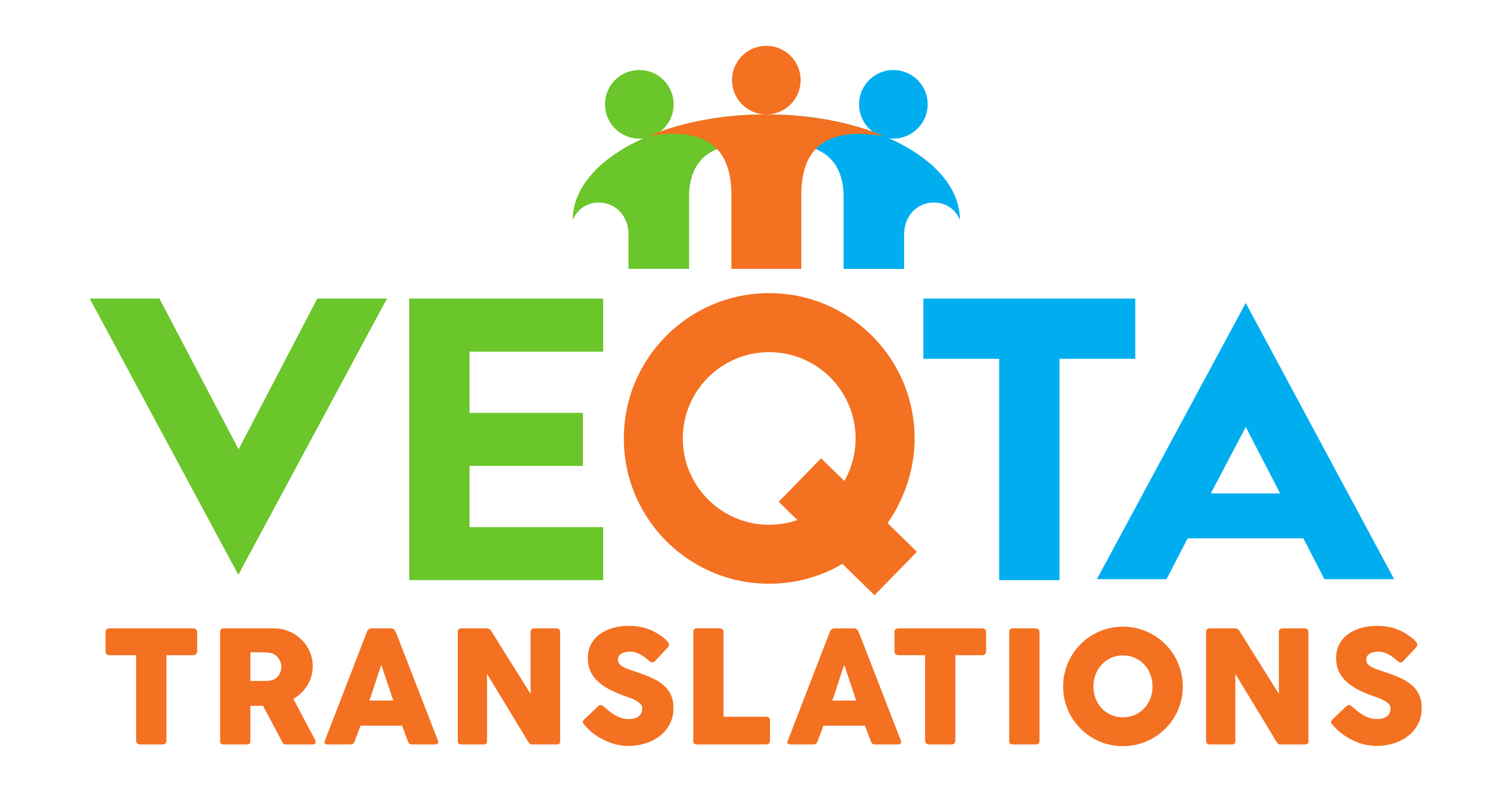Going global forces Thai startups to make deliberate choices about voice. Founders often start with upbeat, Sanuk‑inflected Thai copy that feels human and friendly; the English version must appeal to investors, partners, and customers who expect clarity and proof. In this article we outline five recurring wins and misses observed in Thai to English Localization across pitch decks, landing pages, and onboarding flows. While examples are anonymized, the patterns reflect real outcomes we’ve seen in SaaS, fintech, travel, and e‑commerce launches.
Win #1: Keeping Product Names in English, Explaining in Thai
Startups that anchor on globally readable product names reduce friction in demos and docs. They translate only descriptors, preserving searchability and partner familiarity.
Win #2: Evidence‑First English Headlines
Teams that lead with metrics (users served, uptime, cost savings) convert better in investor decks than those leading with slogans. The Thai page can keep warmth; the English page proves traction.
Miss #1: Literal Slogan Carryover
Thai puns and rhyme schemes rarely survive. Replace with a benefit‑driven promise and a proof point in the sub‑headline.
Miss #2: Over‑Formal Emails to Customers
Highly deferential Thai emails become wordy in English. Trim to a courteous, action‑oriented style with clear next steps and links.
Win #3: Bilingual Terminology Governance
A simple glossary mapping Thai feature names to English equivalents prevents sales and support from improvising. Add audio notes on pronunciation for live demos.
Conclusion
The most successful Thai startups treat English voice as a parallel product. They prioritize clarity, evidence, and consistent naming while keeping a friendly human tone that hints at Thai roots without confusing global readers.
FAQs
Q: Should we rename our startup for English markets?
A: Not necessarily. Test for pronunciation and ambiguity, then decide.
Q: Do investors care about localized metrics?
A: Yes—convert currencies and formats to the investor’s norm.
Q: How much Thai flavor is acceptable in English copy?
A: Keep subtle cues (warmth, hospitality) but avoid opaque idioms.
Q: Who should own the glossary?
A: Product marketing, with input from sales, support, and engineering.
Q: What’s a quick audit to fix brand voice?
A: Rewrite top 10 headlines with a metric + benefit pattern.


